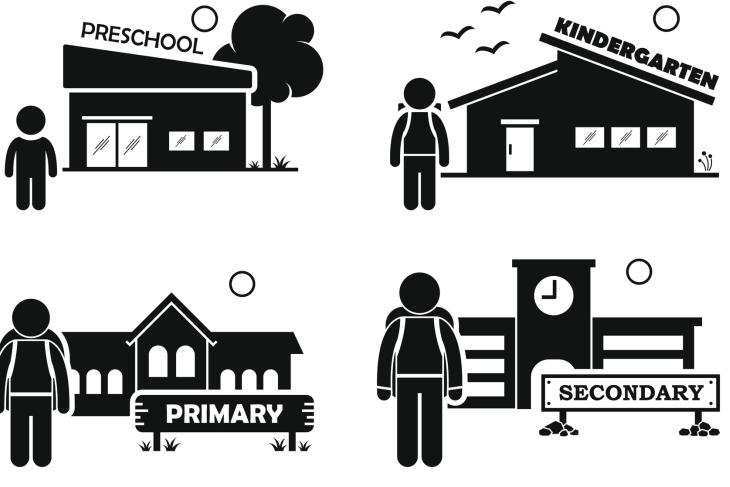Early college high schools are those in which students pursue college credits as a requirement for graduation. A new report from American Enterprise Institute (AEI) authors Amy Cummings and Frederick Hess looks at the early college model built by the leaders of The 21st Century Charter School at Gary (21C) in Indiana, finding it unique, important, and worthy of replication. But the report raises questions.
It is probably fitting that what’s considered to be the pivotal breakthrough in building 21C’s early college model was a fluke. The leader of the Indiana charter school was trying to show a student who was bright but felt adrift in high school that he was “college material” and should persevere rather than drop out. In doing so, the leader discovered that the nearby community college had only one requirement for admission: passage of the ACCUPLACER assessment. No age limit, no prerequisite courses, no high school diploma. That student was the first at 21C shown to be “college material” after easily passing the test. Shortly thereafter, the leader decided to have every eighth grader at the K-12 school follow in his footsteps and take the test. Those who passed would begin college courses the following year.
That was back in 2010, and the program has evolved steadily over the years. Unlike most early college high schools, 21C is not located on a college campus. But school leaders still wanted their students—83.5 percent of whom qualify for free or reduced-price lunch, and most of whom would be the first in their families to go to college—to have the fullest possible experience of higher education. So the school decided to provide transportation for all the students taking college courses to and from campus every day—a huge and important commitment which required hundreds of thousands of dollars in startup funding and a complete revamping of the high school schedule, not to mention getting parents and students on board with it.
Even more impressive is the expansive menu of courses that students are allowed to choose from. They can attend any of four institutions in the area, including four-year colleges, such as Vincennes and Purdue, with very few limits on eligible classes. And all paid for out of the charter school’s budget. Students are offered ongoing counseling and support for their college work. And expectations are high: By 2012, 21C required every student to complete three college credit hours to graduate. By 2018, that number increased to twenty-four—the equivalent of a full year of college. The focus with which 21C has embraced every part of their rapidly-expanding model has even allowed many students to go far above those minimum requirements. For example, during the 2018–19 school year, nine students will earn associate degrees—two years of college—concurrent with their high school diplomas.
21C’s efforts to get students to and through college and on the path to the middle class are generally laudable, but questions arise in the form of a table of data provided by Cummings and Hess in the report. Those data show that 21C’s youngest students—grades three through eight—perform better on Indiana’s state math and English language arts tests than their Gary district peers. However, the overall passing rates for those youngsters are still very low, especially in math. Come the tenth grade tests in both subjects, 21C’s overall passing rates nearly flatline and fall well below those of Gary district students. In any other school—district or charter—those test scores would be extremely concerning.
So what to make of the dissonance between the low achievement of 21C students, on the one hand, and the loads of college credits they are clearly earning, on the other? It’s hard to say. Perhaps the hyper-focus on college means a shift in student attitudes. If kids are gunning for an associate degree starting in ninth grade, maybe tenth grade math tests just don’t matter. Perhaps Indiana’s changing graduation requirements—which will make the tenth grade tests optional for graduation starting in 2019–20—have something to do with those low numbers at 21C. Or perhaps the ACCUPLACER assessment and the college coursework taken by most students are actually below the level of even the tenth grade tests. To be clear, the leaders of 21C are not responsible for ACCUPLACER’s level of rigor or for the admissions criteria adopted by any of the colleges with which they work. They have built their early college model using the raw materials at hand.
However it’s happening, the AEI report makes clear that 21C students are succeeding at earning college credit. Early, quickly, and free of charge. The good folks at The 21st Century Charter School at Gary have taken tremendous positive steps for their students and are seeing some notable wins. But the very first key point made by the AEI authors is the most important: It is far too early to tell if this model actually “works.” They are right; the evidence at hand leaves more questions than answers.
SOURCE: Amy Cummings and Frederick M. Hess, “’A Small School with Big Chances’: The 21st Century charter school at Gary,” AEI (May 2019).











